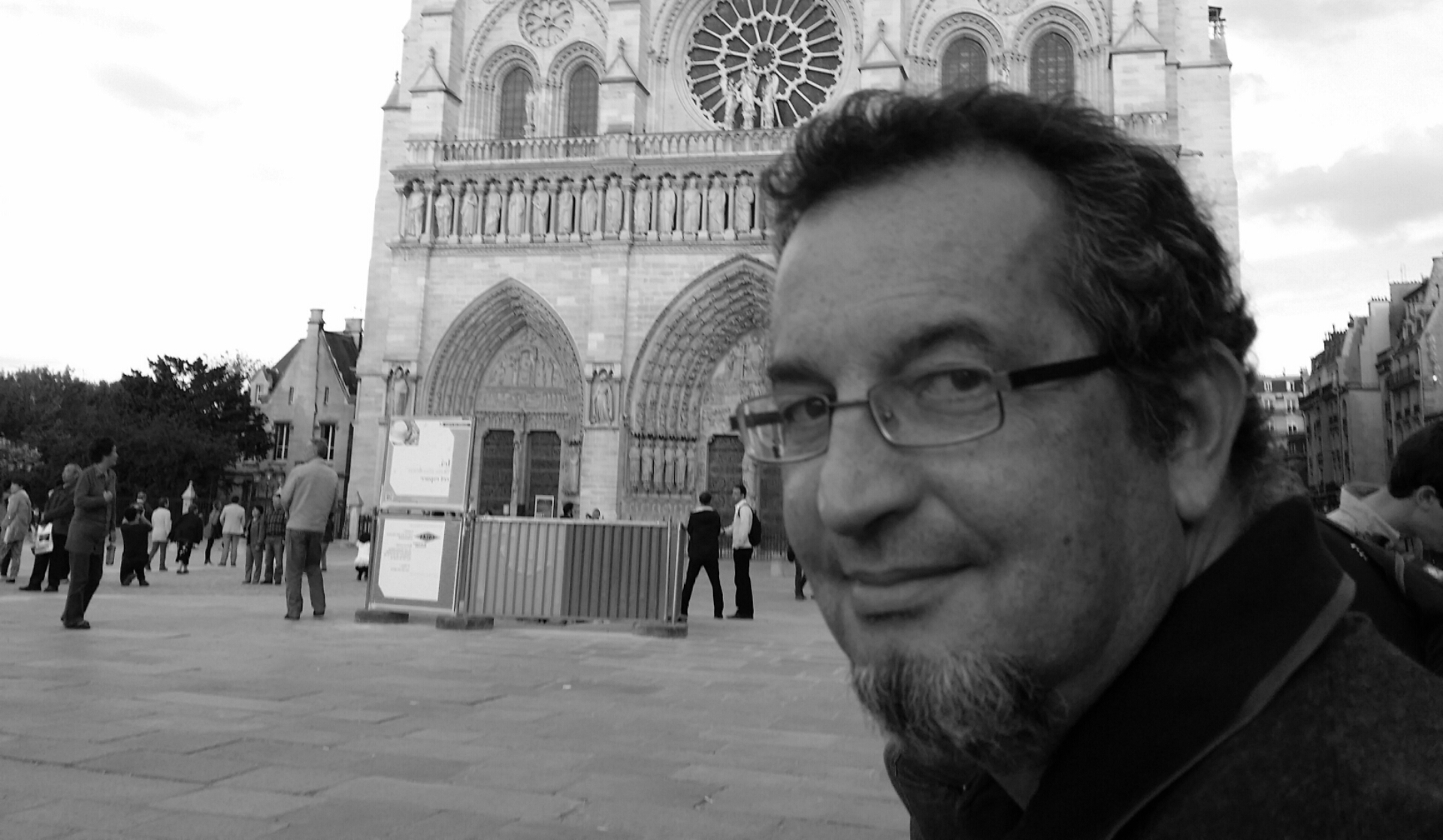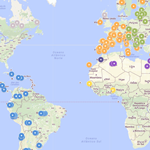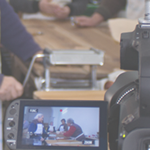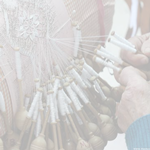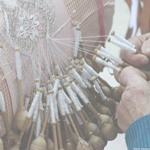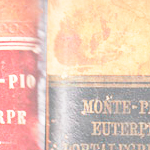Bibliography
Type
Book chapter
Year
2018
Title
Inside the UNESCO apparatus: from intangible representations to tangible effects
PDF doc
Abstrat
That was the emphatic reaction by the delegation member from Ethiopia on 3 December 2015, on a hot summer day in Windhoek, Namibia, during the Tenth Session of the Intergovernmental Committee (IGC) of the Convention for the Safeguarding of the Intangible Cultural Heritage (ICHC). The remark was made during the debate that followed the Report (of 12,000 words) of the Evaluation Body on its work in 2015 (ITH/15/10.COM/10), which analysed and critiqued the nomination files of the two lists of the ICHC.2 Having frequently witnessed such aggravation concerning organisational procedures, I found it important to explore the UNESCO framework as an incentive for bureaucratic arrangements from an ethnographic perspective.3 Given the growing body of critical literature on the intangible heritage concept and its practical implications in the early twenty-first century, the issues of arbitration, representation or expertise in the functional processes of UNESCO cannot be over-theorised. Therefore, I propose to review the conceptualisation of ICH and its agency in the context of meetings that craft heritage policy. These are settings for investigating how evaluative assessments reformulate the conception of ICH and how the concept is made operational by the organisational machinery. The main argument developed in this chapter is that representations produce effect in the operational frame of UNESCO, due to its entangled evaluative and organisational imperative: on the one hand, the evaluation process sets exemplars that modify the ICH conceptualisation, and on the other hand, the inevitable, trickle-down production of the new organisational format redistributes political and socio-economic power. Thus, the novel organisational arrangement of representation and management inadvertently transforms the current situation.
Keywords
Intangible Cultural heritage, UNESCO, nomination files, Lists, policy, concepts
Bibliographic reference
KUUTMA, Kristin (2018) "Inside the UNESCO apparatus: from intangible representations to tangible effects". In Natsuko Akagawa, Laurajane Smith (eds.) (2018) Safeguarding Intangible Heritage Practices and Politics.London: Routledge.
PDF source










